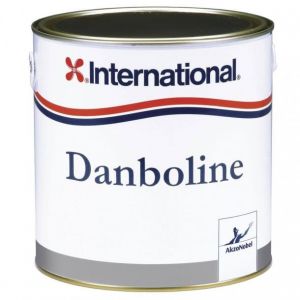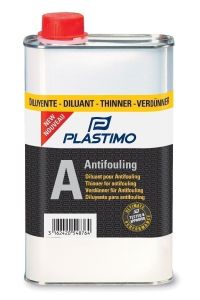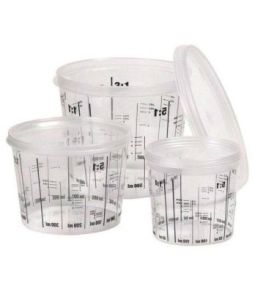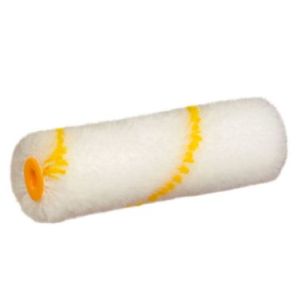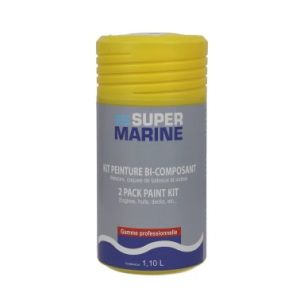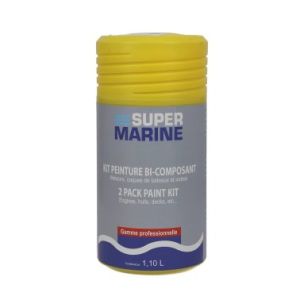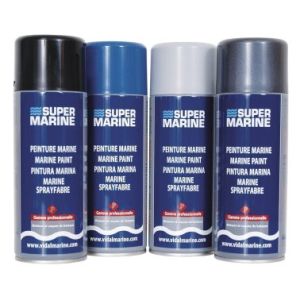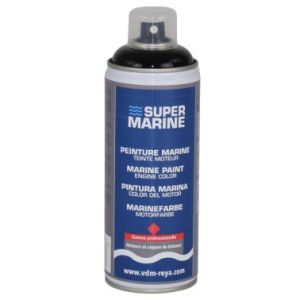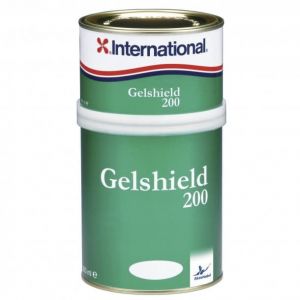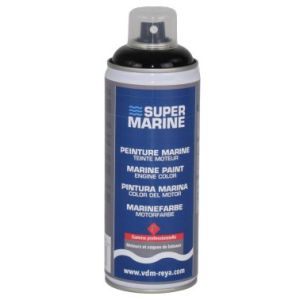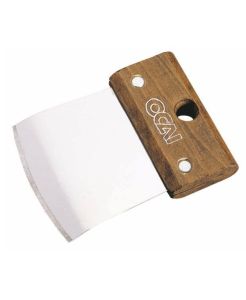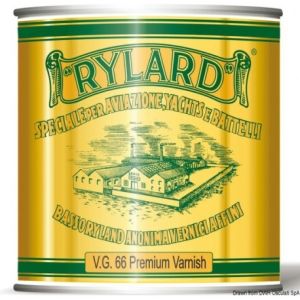Boat paint
ANTIFOULING
The first paint to apply to your boat is antifouling. This paint is used on your boat's hull to prevent damage caused by the accumulation of marine micro-organisms (fouling) brought in by sea water, which can seriously damage your hull. According to the International Maritime Organization (IMO) in its International Convention on the Control of Anti-Fouling Systems Harmful to Ships, antifouling is a "coating, paint, surface treatment, surface or device which is used on a ship to control or prevent the deposition of undesirable organisms ". Antifouling is therefore not a cleaner, but a preventive maintenance product.
The appearance of fouling on the hull of your vessel can occur both when the boat is wintered in port and during navigation: it is contact with seawater in general that produces the appearance of this fouling. Boat hull maintenance should be carried out annually. For annual hull maintenance, it's important to thoroughly clean the hull before applying antifouling. The best antifouling brand on the market is International.
LAQUE MARINE
The marine lacquer is the type of boat paint that most closely resembles paint. These paints are specially designed to resist marine weathering and protect boats from UV rays, while giving your boat an aesthetic appearance. This aesthetic appearance will later be enhanced by marine varnish. Marine lacquers can be applied to various surfaces such as fiberglass, steel or wood. Marine lacquer products are also available in various shades and brands, such as Stoppani or International.
Single-component lacquers are easier to use and apply than two-component lacquers, as they require no hardener (or catalyst). In any case, preparation of the surface to which you are going to apply your marine lacquer is crucial to a successful application. Regular maintenance of this type of coating is also very important, usually carried out at the time of launching at the end of the wintering period. Careful maintenance guarantees long-lasting protection for your boat. Marine lacquers are usually available in two shades, matte or gloss.
PRIMERS AND UNDERCOATS
Visit primers and undercoats are two types of paint used on boats to prepare the surface before the topcoat is applied.
Primer is a coat of paint applied directly to the bare surface of the boat, usually metal, wood or fiberglass. It serves to seal the surface and protect it against corrosion, rust and damage from salt or fresh water. Primers can also help improve the adhesion of the topcoat to the surface.
The undercoat is applied after the primer and before the topcoat. The undercoat is designed to level the surface, fill small holes, cracks and scratches, and provide a uniform base for the topcoat. Undercoats can also improve the adhesion of the topcoat to the surface and provide better resistance to water and weather. Undercoats are often available in white or gray, which gives greater control over the color of the topcoat.
MARINE VARNISH
Themarine varnishis an important maintenance product for preserving your boat's wood against the wear and tear of the marine environment. There are many varieties of marine varnish on the market, so it's difficult to choose the right one for your boat. When choosing the best marine varnish for your boat, consider the following criteria: the type of wood, the desired finish, the surface to be covered and the amount of protection. Most marine varnishes contain resins and UV absorbers to protect the wood from sun damage and give it a glossy appearance. Many also contain mold and mildew inhibitors, which prevent mildew growth. So it's a topcoat that has both an aesthetic function and an additional protective function for your vessel.
DILUENTS
The thinners will be the best allies for owners planning to restore their vessel's paintwork. They are chemicals used to reduce paint viscosity and make it easier to apply. Boat paint thinners can be solvent-based or water-based, depending on the paint used. Solvent-based thinners are often used for epoxy- or polyurethane-based paints, while water-based thinners are often used for acrylic paints. The use of boat paint thinners is important to ensure even paint application. It is advisable to read the manufacturer's instructions carefully and to wear personal protective equipment such as gloves and a face mask when using this type of product.
PAINTING EQUIPMENT
It is important to have painting equipment to apply the various coats of paint to your boat. Paint accessories such as brushes, rollers or spray guns are essential for quality application. Essential items include paintbrushes, rollers, brushes, spray guns, tarpaulins, protective masks and overalls. It's important to choose your equipment carefully, depending on the paint you've chosen to apply and the surface to be painted: some paints require extra precautions to ensure that the products don't harm your health. By choosing the right products and equipment, you'll be able to give your boat a new look and provide lasting protection against external aggression, while also protecting yourself.

























